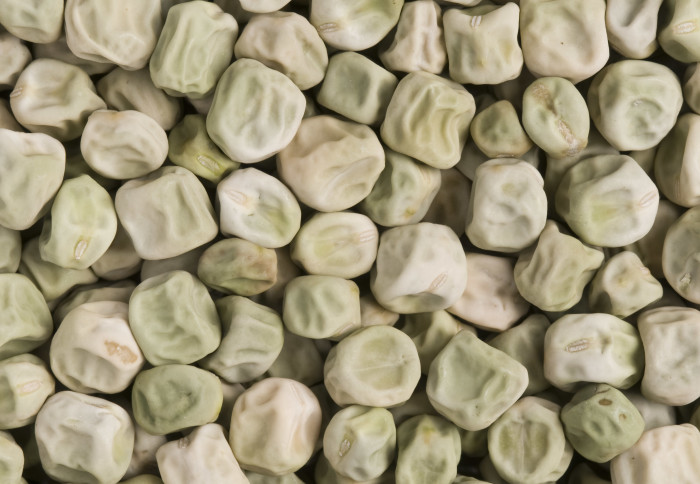DiagnosticInnovationPrevention Wrinkled ‘super pea’ could be added to foods to reduce diabetes risk

The research, from scientists at Imperial College London, the John Innes Centre, Quadram Institute Bioscience and University of Glasgow, suggests incorporating the peas into foods, in the form of whole pea seeds or flour, may help tackle the global type 2 diabetes epidemic.
The work, published in the journal Nature Food and funded by the BBSRC, focused on a naturally occurring type of pea. Unlike regular (smooth) peas, they contain higher amounts of ‘resistant starch’, which takes longer for the body to break down.
The study reveals that compared to eating smooth peas, wrinkled peas prevented ‘sugar spikes’ – where blood sugar levels rise sharply after a meal. The same effect was seen when consuming flour made from wrinkled peas incorporated in a mixed meal.
According to the researchers, this could be important as frequent, large sugar spikes are thought to increase the risk of diabetes. They add that flour from their ‘super peas’ could potentially be used in commonly consumed processed foods which, if eaten over the long term, could prevent these sugar spikes.
Dr Katerina Petropoulou, first author of the research from the Centre for Translational and Nutrition Food Research at Imperial College London, said: “Despite national campaigns to promote healthy eating, type 2 diabetes diagnosis rates continue to rise. An alternative dietary strategy to maintain normal blood glucose rates among the population is to improve the composition of commonly consumed foods. There is much evidence that diets rich in a type of carbohydrate called resistant starch have a positive impact on controlling blood glucose levels, and hence reduce susceptibility to type 2 diabetes.”
Professor Gary Frost, lead author of the study and head of Imperial’s Centre for Translational and Nutrition Food Research, said: “The ‘super pea’ contains a naturally-occurring variant gene that means they are high in resistant starches. These starches are not completely digested in the upper parts of the digestive tract and are available for fermentation by bacteria in the colon.”
Read the full story by Kate Wighton here. © Imperial College London





